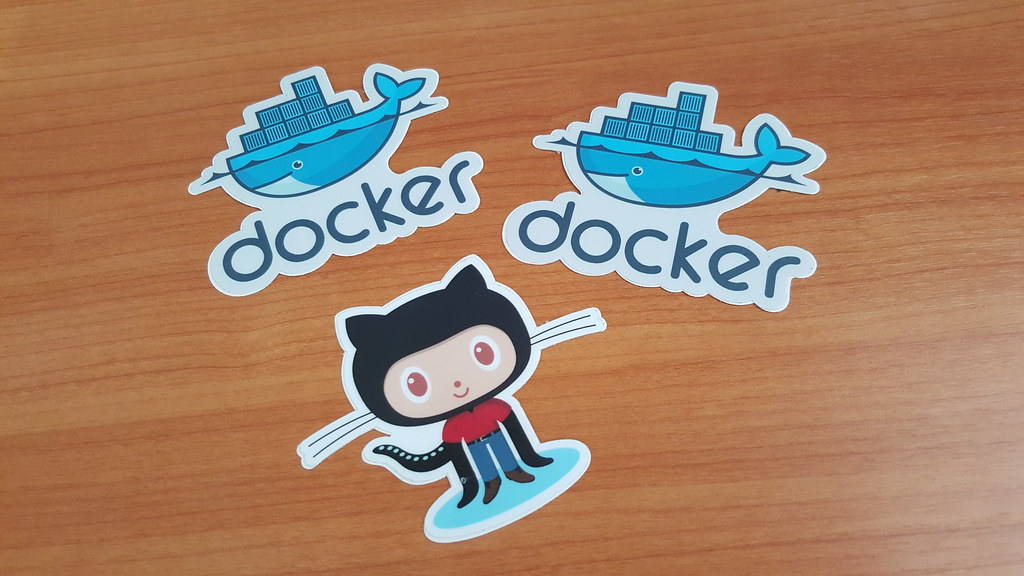Docker is a popular open-source platform that allows developers to automate the deployment, scaling, and management of applications within containers. These containers, which are lightweight and portable, provide an environment where applications can run in isolation from other applications running on the same system.
What is a Docker Container?
A Docker container, at its core, is a standalone, executable software package that includes everything needed to run an application: the code, a runtime, libraries, environment variables, and config files. Containers are designed to be portable and consistent across environments, which can greatly simplify deployment and scaling.
Why Use Docker?
There are several key reasons why developers choose to use Docker:
- Consistency: Docker containers ensure consistency across multiple development and release cycles, addressing the “it works on my machine” problem.
- Portability: You can build locally, deploy to the cloud, and run anywhere with Docker.
- Isolation: Docker containers isolate applications from each other on the same infrastructure, increasing security.
- Scalability: Docker can be integrated with orchestration tools like Kubernetes for automated deployment, scaling, and management of containerized applications.
Getting Started with Docker
Getting started with Docker is straightforward. Docker Desktop is available for Windows and Mac, providing an easy-to-use graphical interface. For Linux users, Docker can be installed via the command line. Once installed, you can pull images from Docker Hub, a cloud-based registry service that allows you to share applications with the rest of the community.
Conclusion
Docker has revolutionized the way developers think about deploying applications. By using Docker, you can ensure that your applications will run the same, no matter where they are deployed. Whether you’re a developer looking to streamline your workflow, or an organization aiming to scale, Docker offers a robust set of features designed to meet your needs.
Remember, this is just the beginning of what you can do with Docker. As you delve deeper, you’ll discover a world of possibilities that can make your development process more efficient and manageable. Happy Dockering!

